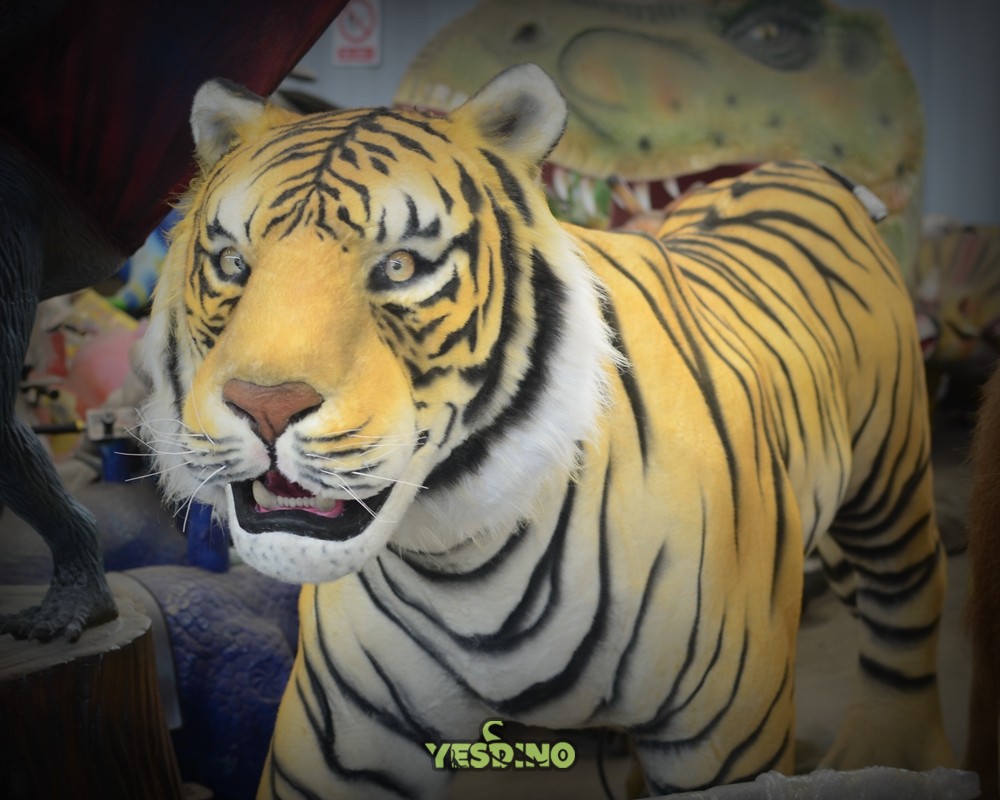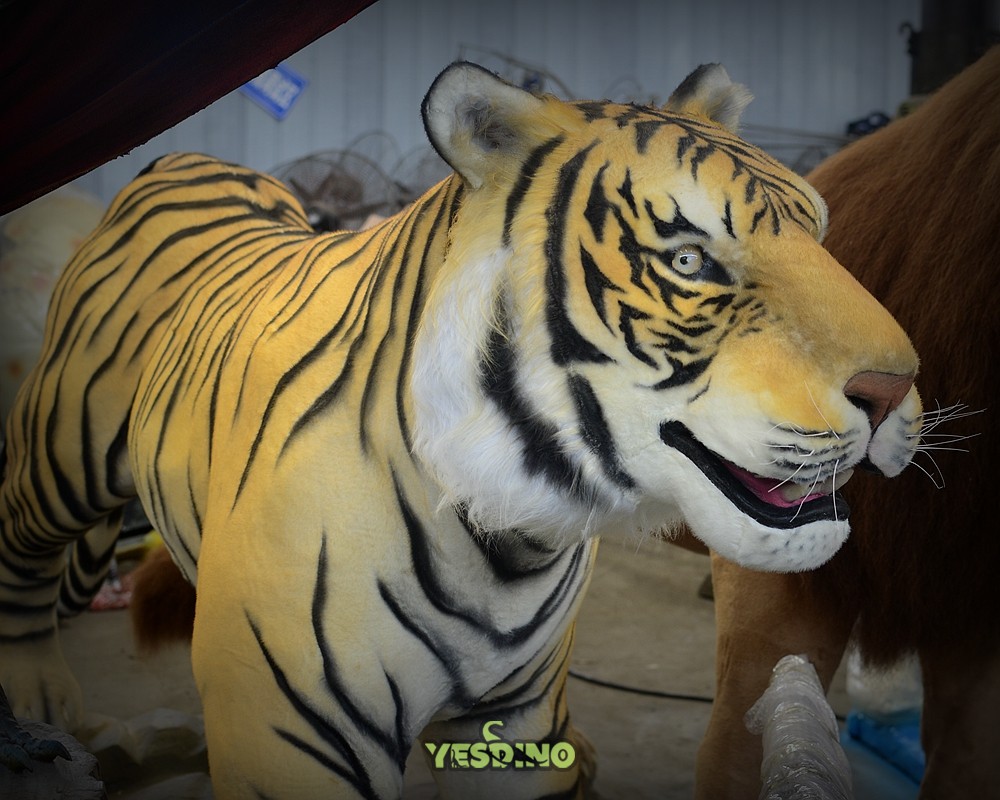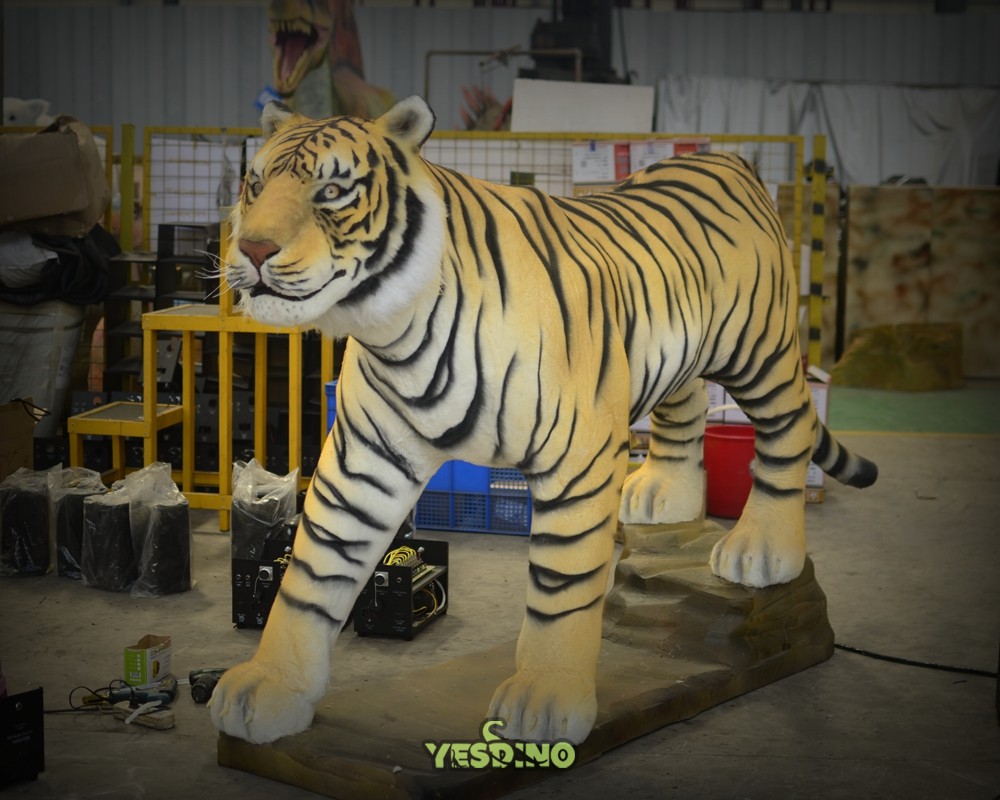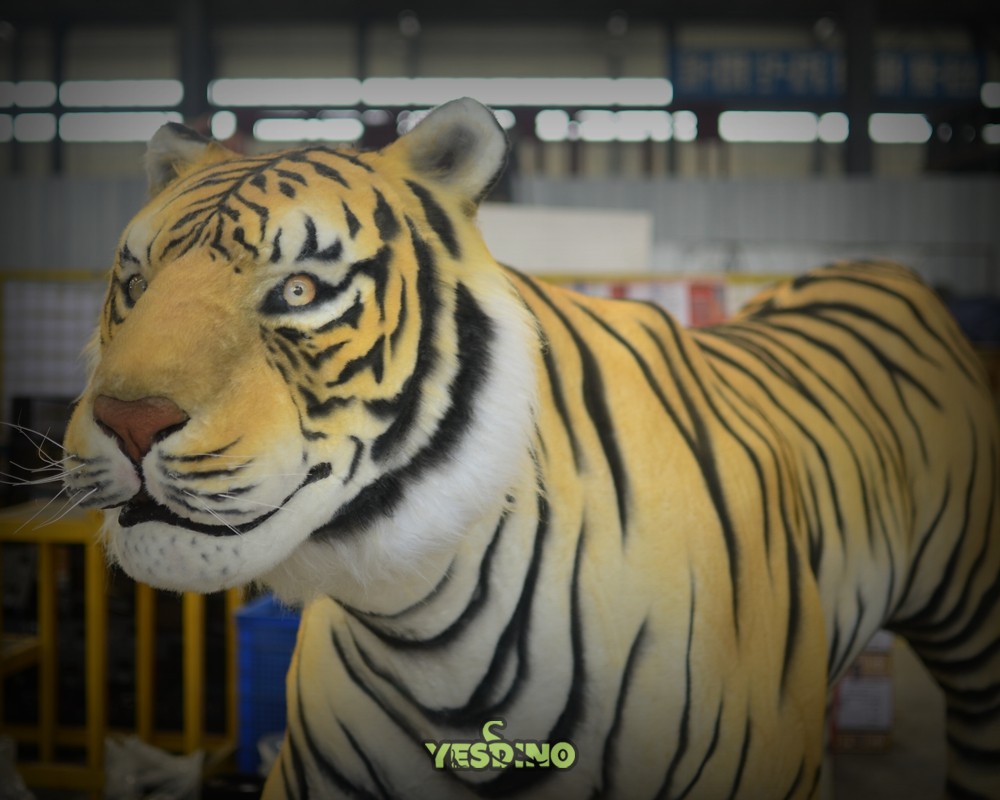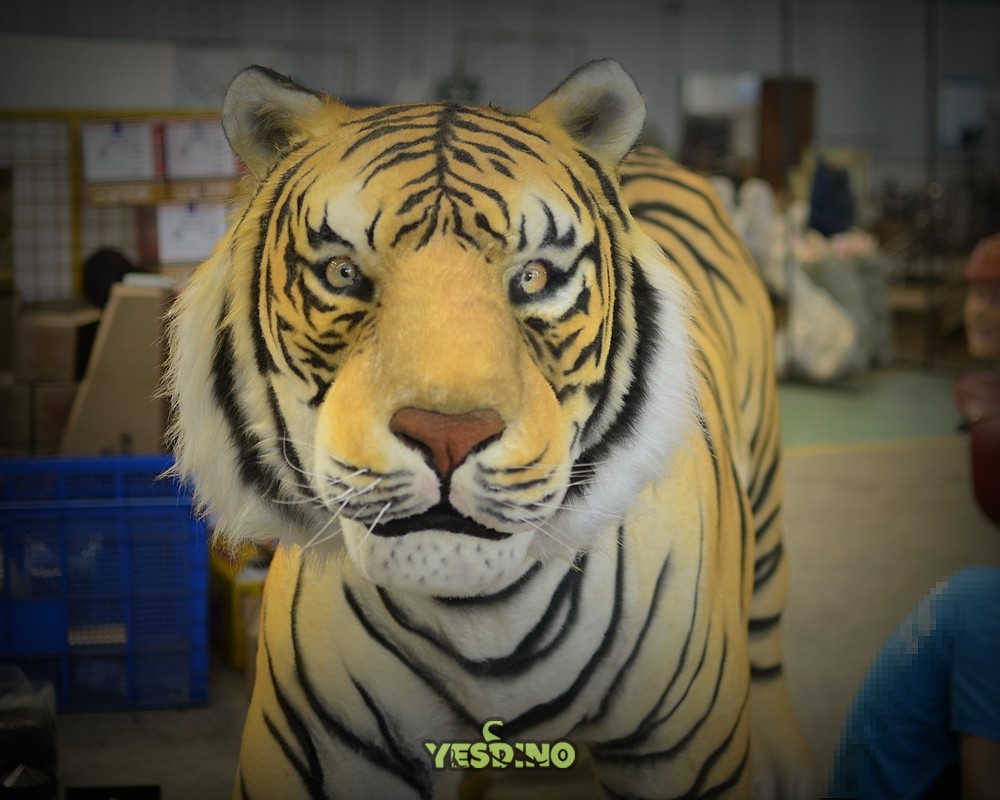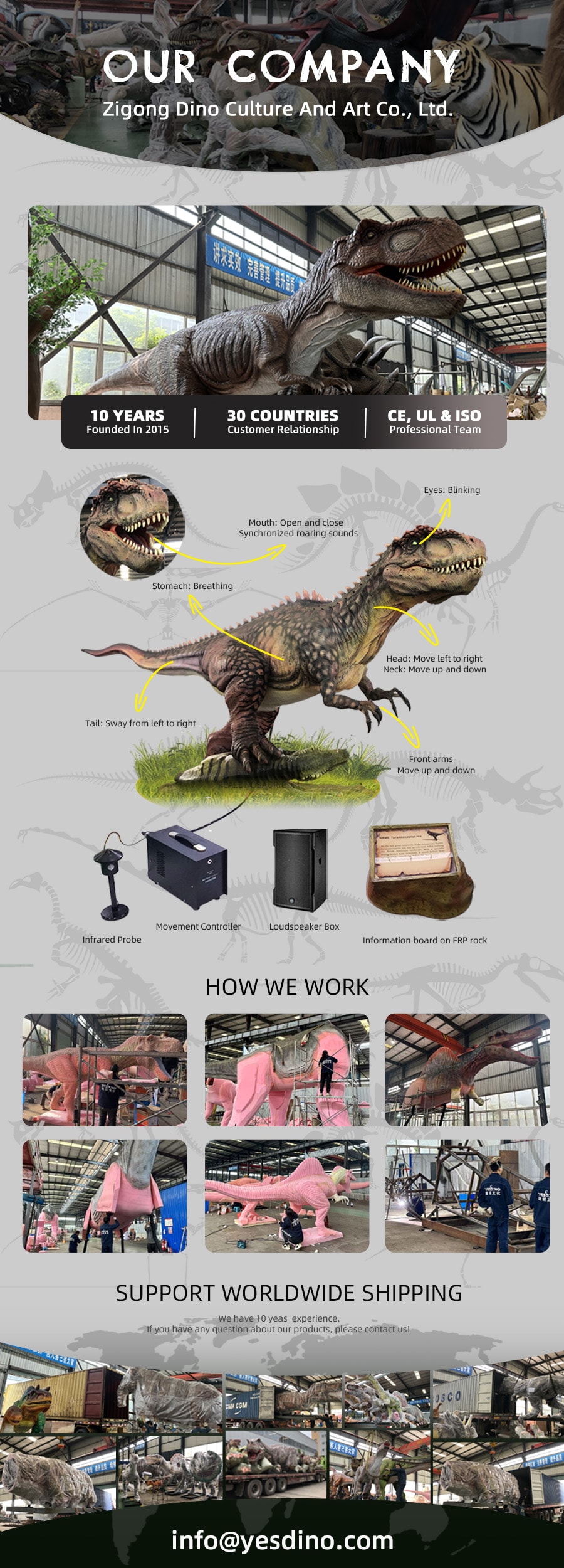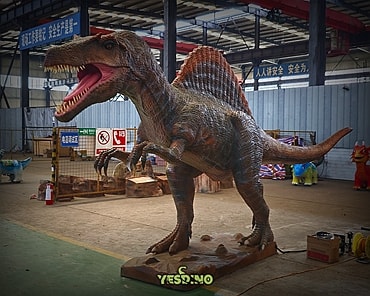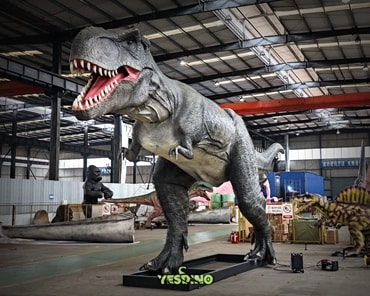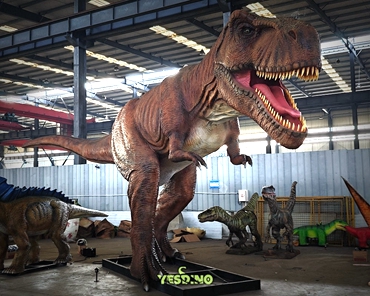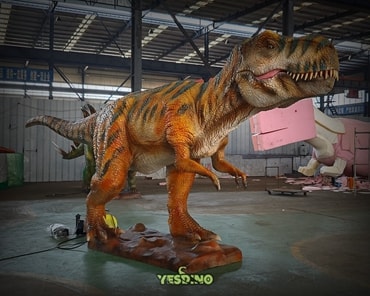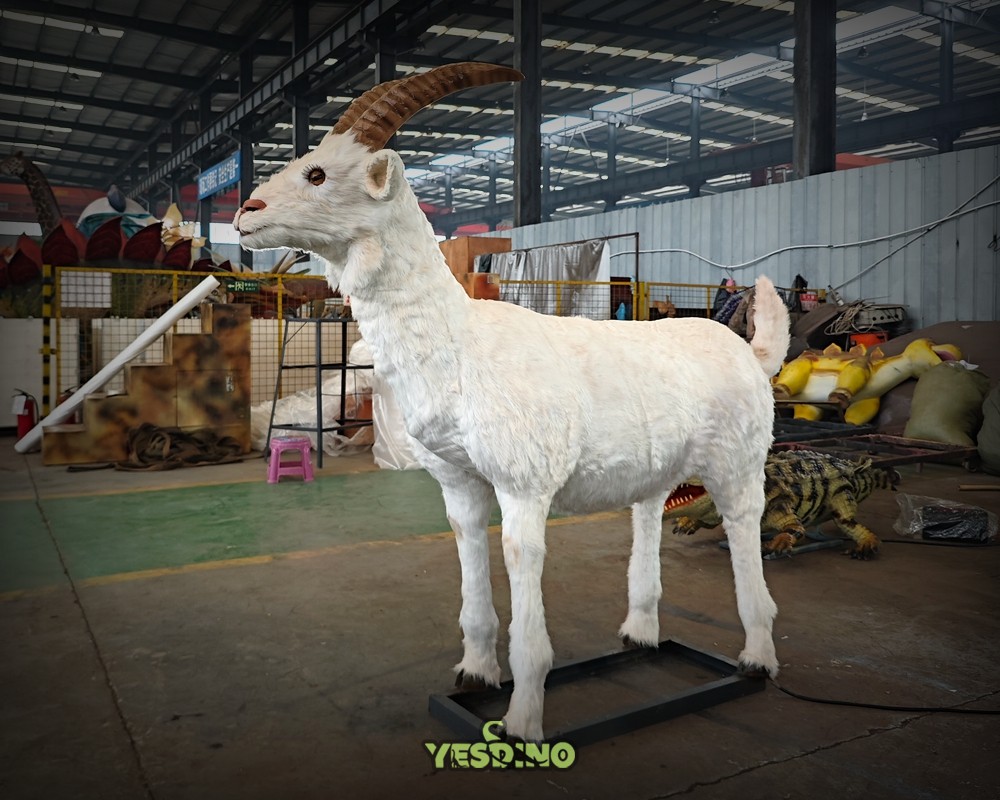As the tourism industry rapidly develops, the construction and optimization of scenic environments are becoming increasingly important. In this context, realistic animatronic animals are emerging as a popular choice for decorating tourist attractions.
These realistic animals not only add a natural touch to the surroundings but also offer visitors a more authentic experience. This article will discuss the various applications and effects of animatronic animals in tourist attractions.
Adding a Natural Touch to Scenic Spots
Realistic animatronic animals create a realistic natural atmosphere in tourist attractions, making visitors feel as if they are in the great outdoors.
For example, adding replica deer and foxes to a forest attraction can enhance the visitor's wilderness experience. In a water park, lifelike dolphins and sea lions can add to the aquatic fun.
The more realistic the animal models, the more they contribute to the genuine natural atmosphere.
Enriching the Thematic Culture of Attractions
Different attractions have unique themes and cultures that require specific decorations.
Realistic animatronic animals can add various thematic elements, such as animatronic elephant models, lion models, and tiger models in a zoo, which can heighten the sense of wildlife exploration.
In historical and cultural attractions, animatronic dinosaurs and prehistoric creatures can enhance the visitor's historical exploration experience.
Animatronic animals can introduce more cultural elements, improving the overall visitor experience.
Increasing Entertainment and Interactivity
Animatronic animals can enhance the entertainment and interactivity of attractions. For instance, adding animatronic tiger models and bears to an amusement park can improve the visitor's entertainment experience.
In a zoo, lifelike cheetahs and zebras can enhance the visitor's interactive experience.
Animatronic animals can provide more entertainment and interactive elements, increasing visitor satisfaction and retention rates.
Boosting Educational and Informative Aspects
Animatronic animals can also serve educational and informative purposes. For example, adding animatronic dinosaurs and fossils to a science museum can strengthen the visitor's scientific knowledge.
Introducing replicas of endangered and protected animals in a zoo can raise awareness of environmental conservation and the importance of protecting animals.
Animatronic animals can help visitors learn more about biology and the environment by showcasing realistic natural habitats and animals.
In the construction and optimization of tourist attractions, Realistic animatronic animals play a vital role.
They not only add a natural atmosphere and thematic elements but also improve the entertainment, interactivity, educational, and informative aspects of the visitor experience.
When choosing Animatronic animals, factors such as realism, material quality, and durability should be considered.
By employing scientifically accurate and well-designed replicas, attractions can provide visitors with more realistic, engaging, and educational experiences, ultimately enhancing the attraction's reputation and competitiveness.

